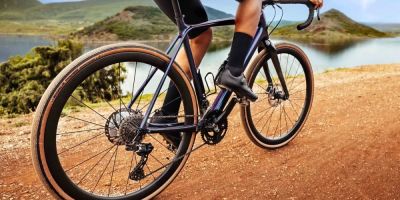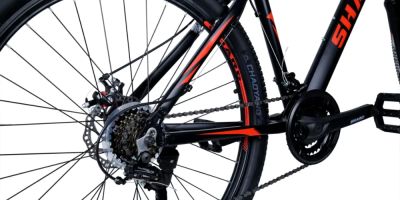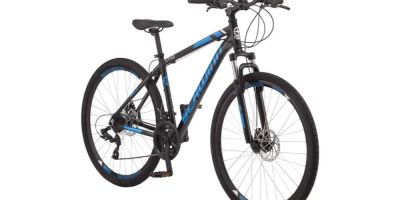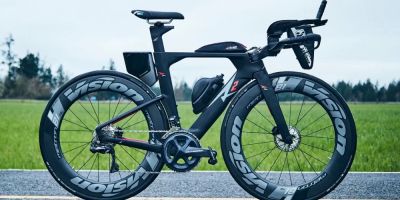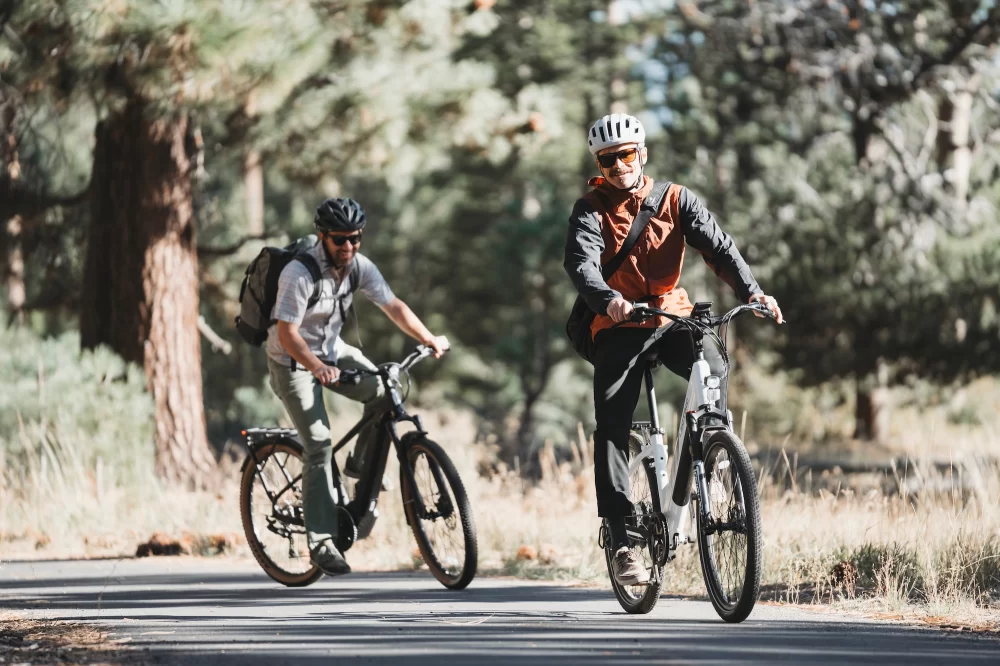
How I Found My Ideal Budget Commuter Bike for City Living
1. Why I Needed a Budget Commuter Bike
When I moved to the city, owning a car felt more like a burden than a convenience. Parking was a nightmare, traffic made short distances feel eternal, and gas prices were draining my wallet. I knew I needed a new way to get around—but as someone on a tight budget, I didn’t think a good commuter bike was within reach.
My journey began with one simple goal: find a reliable, affordable, and low-maintenance bike that could handle daily commuting, unpredictable weather, and crowded streets. I wasn’t looking for fancy features or high-end components—just something that worked, every day, without falling apart.
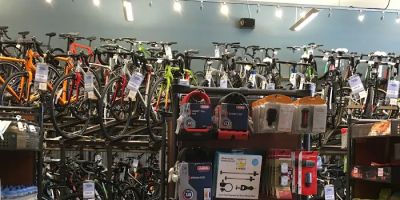
Mike's Bikes of Berkeley
1824 University Ave, Berkeley, CA 94703, USA
2. What I Learned About Affordable City Bikes
2.1. Prioritizing the Right Features
In the beginning, I was distracted by style and speed. But after riding a few flashy bikes that felt terrible after 20 minutes, I realized comfort and practicality come first. A good city bike should have a relaxed geometry, dependable brakes, and a comfortable saddle. Simplicity is a virtue when commuting daily—you want fewer things to break or adjust.

Mike's Bikes of Berkeley
1824 University Ave, Berkeley, CA 94703, USA
2.2. Frame Material and Design
Most budget bikes are made from aluminum or steel. Aluminum is light and rust-resistant, which is great if you’re locking it outside. Steel is heavier but absorbs vibrations better and can feel smoother on bumpy city roads. I tried both and ended up preferring steel for the smoother ride—especially on pothole-ridden streets.
2.3. Gearing Matters, But Not Too Much
I initially thought I needed 21 speeds like the mountain bike I grew up with. But for city commuting, that’s overkill. In fact, I found single-speed and 3-speed bikes to be ideal for flat urban areas. They’re cheaper to maintain and offer a cleaner look. One of my favorite bikes ended up being a single-speed with a flip-flop hub—minimal fuss, maximum reliability.
2.4. Brakes You Can Trust
Rim brakes are common on budget bikes, and while they’re effective, they can struggle in rain or after lots of wear. I found that disc brakes—even mechanical ones—offered better performance in wet weather and required less frequent adjustment. If you're biking in a city with unpredictable weather like mine, disc brakes are worth considering.
3. My Favorite Budget-Friendly City Commuter Bikes
3.1. Schwinn Wayfarer
This was my very first commuter bike, and it cost less than $300. It’s a retro-style steel bike with a comfortable upright posture, fenders, and a rear rack. While it’s a bit heavy, it handled city streets and light rain like a champ. I rode it for over a year without any major repairs—just kept the chain clean and the tires inflated.
3.2. State Bicycle Co. Core-Line
I picked this one up secondhand and it quickly became my favorite for flat, quick rides. It's a single-speed bike with a steel frame and sleek aesthetics. Lightweight, zippy, and super low-maintenance. Perfect for short city commutes and stylish enough to feel good riding around town. I even convinced two friends to get one after trying mine.
3.3. Retrospec Harper
For under $300 brand new, this bike is surprisingly solid. Another single-speed with a flip-flop hub, it’s great for beginners. I gave one to my younger brother when he moved to the city, and he uses it to get to class every day. The build quality isn’t elite, but with regular care, it performs consistently and feels good on paved roads.
3.4. Vilano R2 Commuter
If you want gears but still want to stay under budget, the Vilano R2 is a decent hybrid road bike option. I borrowed this from a neighbor during a couple of rainy weeks and was impressed. It’s fast, lightweight, and has multiple gears for tackling moderate hills. It’s not built like a tank, but for under $400, it’s a solid value.
3.5. Decathlon Riverside 100
I stumbled across this one while traveling in Europe and was surprised by how capable it felt. Lightweight frame, solid tires, and a price that felt almost too good to be true. Decathlon makes some of the most affordable bikes globally, and their commuter options are perfect for anyone starting out or needing a backup ride.
4. The Tricks I Used to Stay Under Budget
I didn’t buy all my bikes new. In fact, some of the best deals came from local classifieds and community forums. I set up alerts, negotiated prices, and always test-rode the bikes before buying. One of my best finds—a lightly used city cruiser with racks and lights—was just $150.
I also learned to do basic maintenance myself. Cleaning the chain, adjusting brakes, and fixing flats saved me a ton over time. I watched tutorials, bought a $20 tool kit, and now I can keep any of my bikes in good shape without running to a shop for every squeak or rattle.
5. How Budget Commuting Changed My Daily Life
I used to dread my commute. Now it’s my favorite part of the day. I feel more connected to the city, save money every month, and stay in shape without stepping into a gym. A budget commuter bike isn’t just about cost savings—it’s about freedom and simplicity.
If you’re just starting out or upgrading on a tight budget, trust me—you don’t need to spend a fortune. There are plenty of great bikes out there that will get you from A to B comfortably, reliably, and with a smile on your face. And if you need help choosing the right one, check out Healthy Cycling—your guide to affordable, reliable, and stylish commuting.


